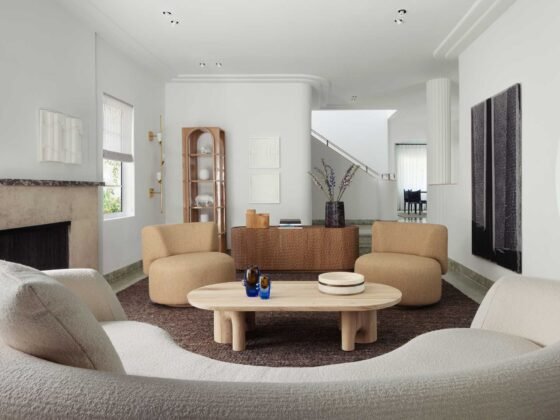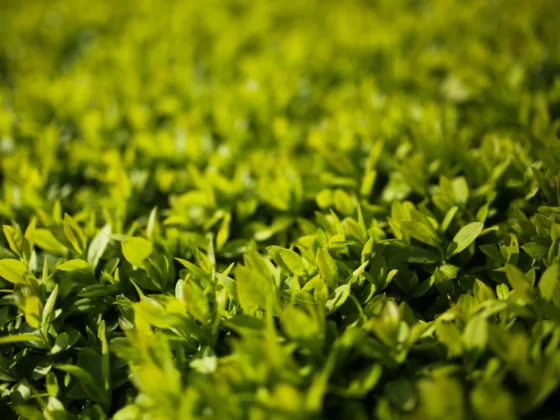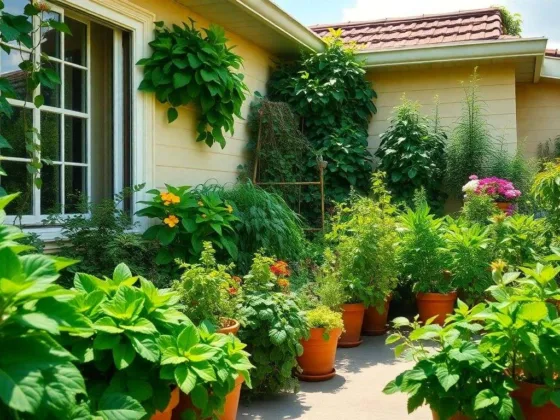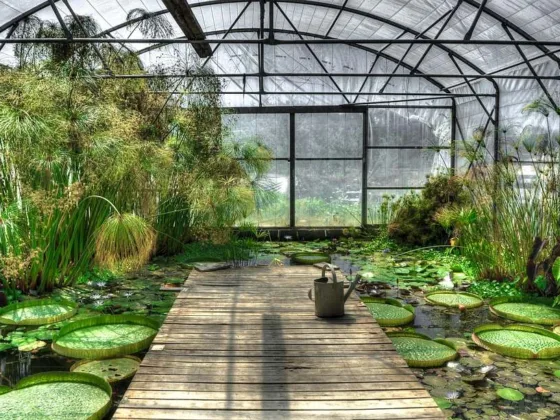Table of Contents Show
When someone walks past your house, what is the first thing that they see? They cannot see the beautiful interiors of your house; all they see is the exterior.
That is why it is important to focus on beautifying the front of the house. Landscaping helps improve the curb appeal.
You can design a beautiful garden in front of your house to enhance the property value. People fall in love with a garden nook.
So, if you want to increase the retail value of your house, consider investing in a garden space. Continue reading this article to learn more about the Art of Landscaping.
Law of Significant Enclosure
This law delves into the core essence of a garden, which is essentially an enclosed space. Creating a sense of refuge and a connection with nature is vital in garden design.
According to this law, we feel enclosed with the vertical edge of space is at least one-third the length of the horizontal space we’re in. This concept likely stems from studies in behavioral psychology, and it’s a valuable guideline in garden design.
Regulating Line
Elements in architecture or distinctive features in the landscape can generate an imaginary line that can help organize the overall design. For instance, something as simple as a doorway, a building edge, a window mullion, a prominent tree, or a property boundary can serve as the basis for this regulating line.
Le Corbusier, a renowned architect and theorist, described the regulating line as something that provides assurance against randomness, imparts rhythm to the work, and fixes the fundamental geometry of the design.
Read Also:
The Golden Rectangle
This concept is related to the Golden Ratio, a proportion observed in many iconic structures like the Great Pyramids at Giza and the Greek Parthenon. It’s been used throughout history as a guide to create a sense of balance and harmony in design.
It’s called “golden” for a reason—it consistently produces aesthetically pleasing results. And yes, even landscape architects need to use math! It is necessary to create those structures that will be eye-pleasing.
Garden Size
Here’s a valuable rule when it comes to scale and shaping outdoor spaces: Go big. When you’re faced with decisions about the width of a staircase, the length of a pool, or the height of a pergola, the answer is often to opt for the larger option.
Plant In Masses
While the cottage garden style, with its diverse mix of plants, has its charm, there’s something powerful about planting a mass of a single plant species. The repetition or massing of one simple element can be visually striking and emotionally affecting.
As the great landscape designer Russell Page noted, “The most striking and satisfying visual pleasure comes from the repetition or the massing of one simple element.” When you plan to plant in masses, you will require bulk landscaping supplies.
Plant Big to Small
This rule means starting with larger plants like trees and then moving to shrubs, perennials, and ground cover. Not only does this approach make sense compositionally by establishing the bigger forms first, but it’s also practical.
Planting large trees often requires machinery or multiple gardeners and ample space for maneuvering. It’s better to handle this before smaller plants to avoid damaging the newly planted beds.










